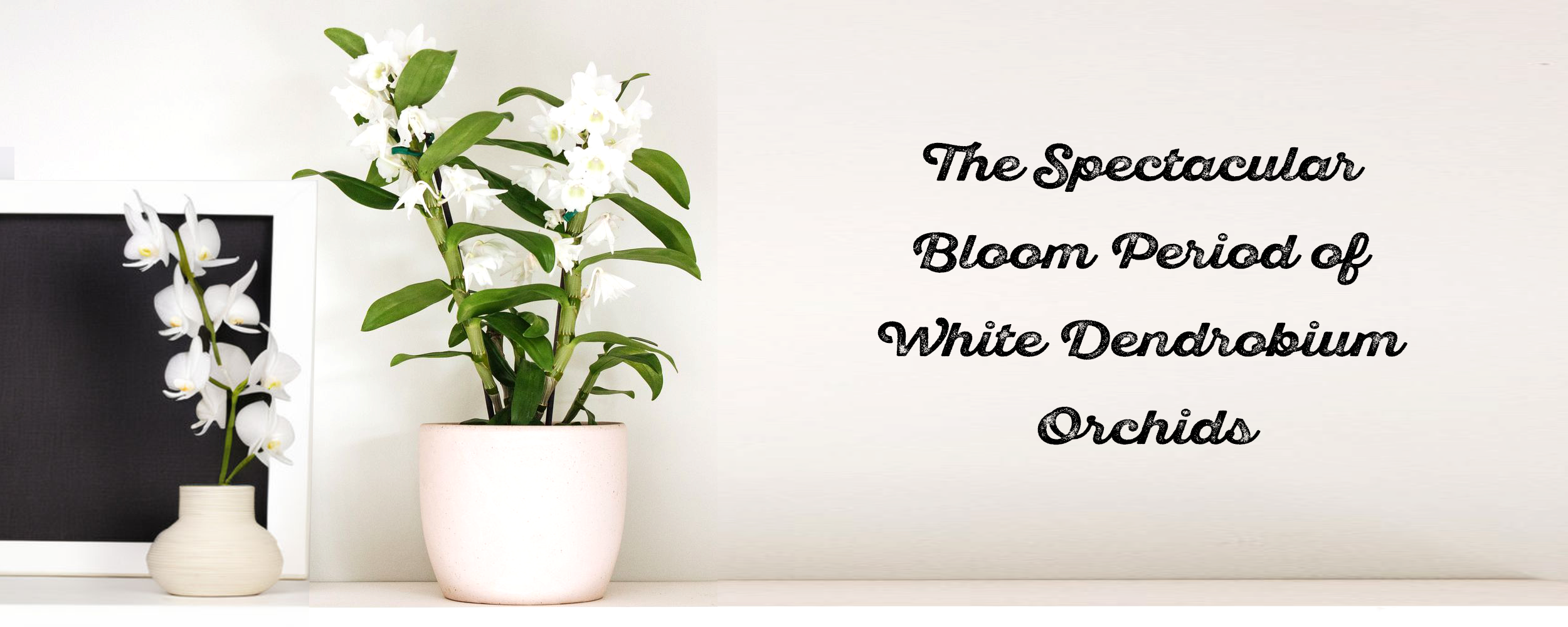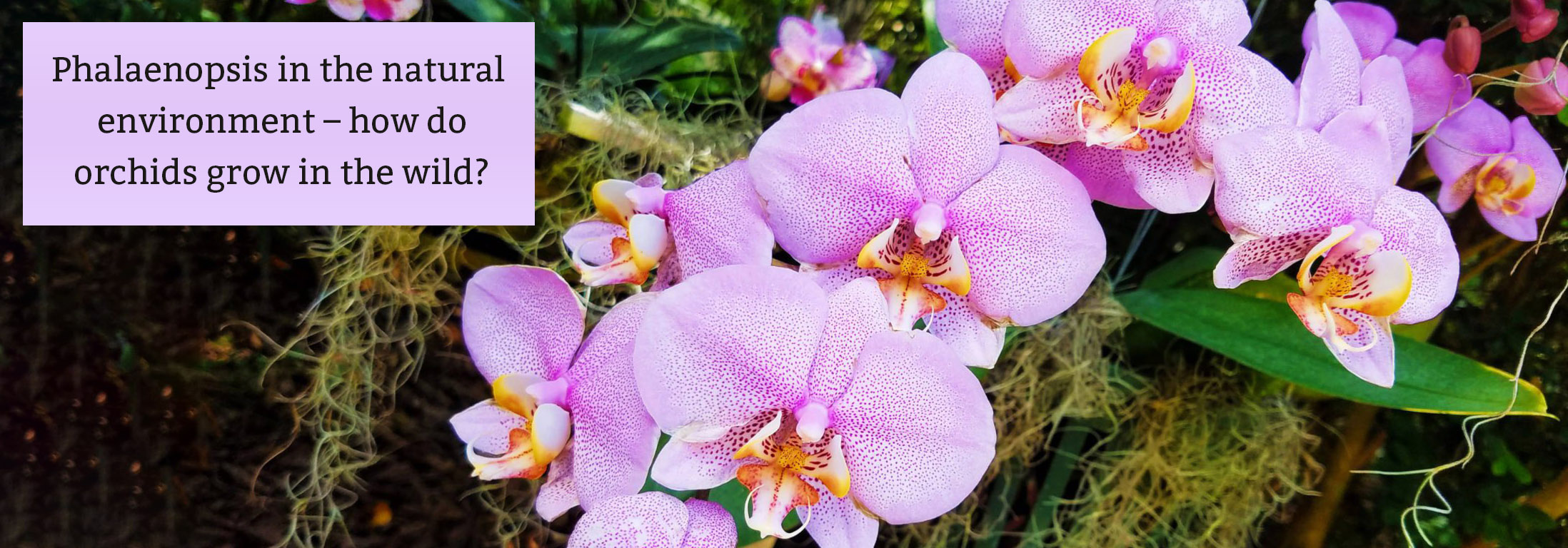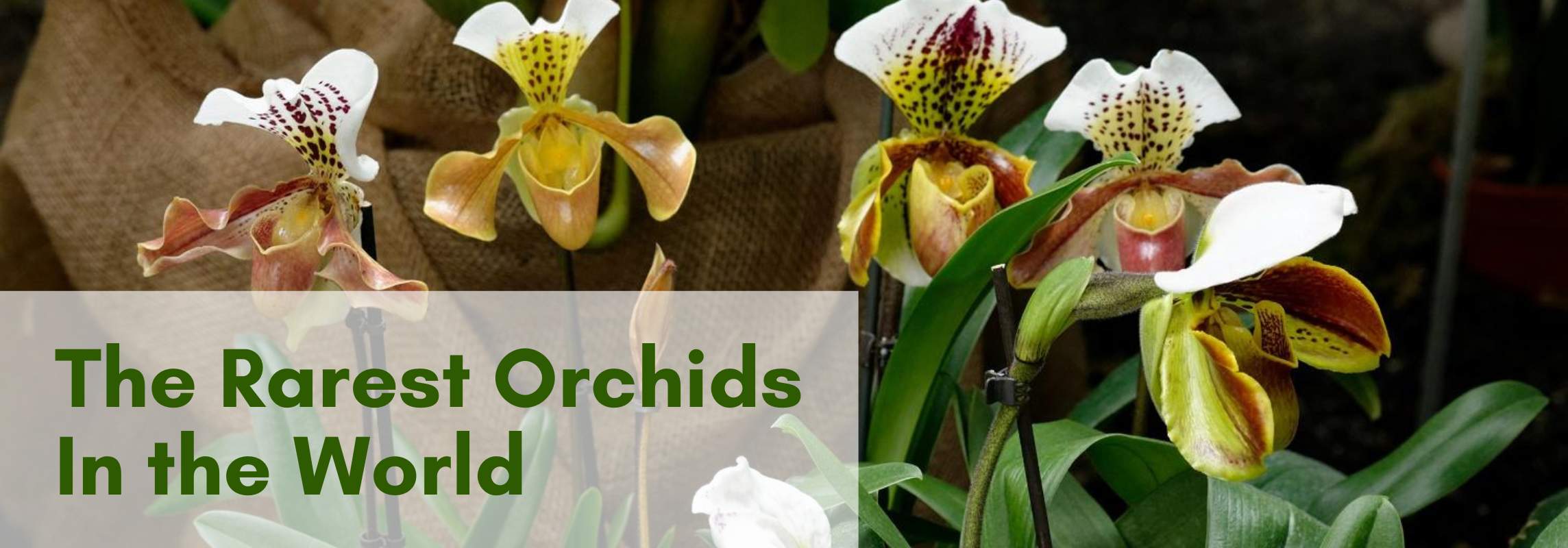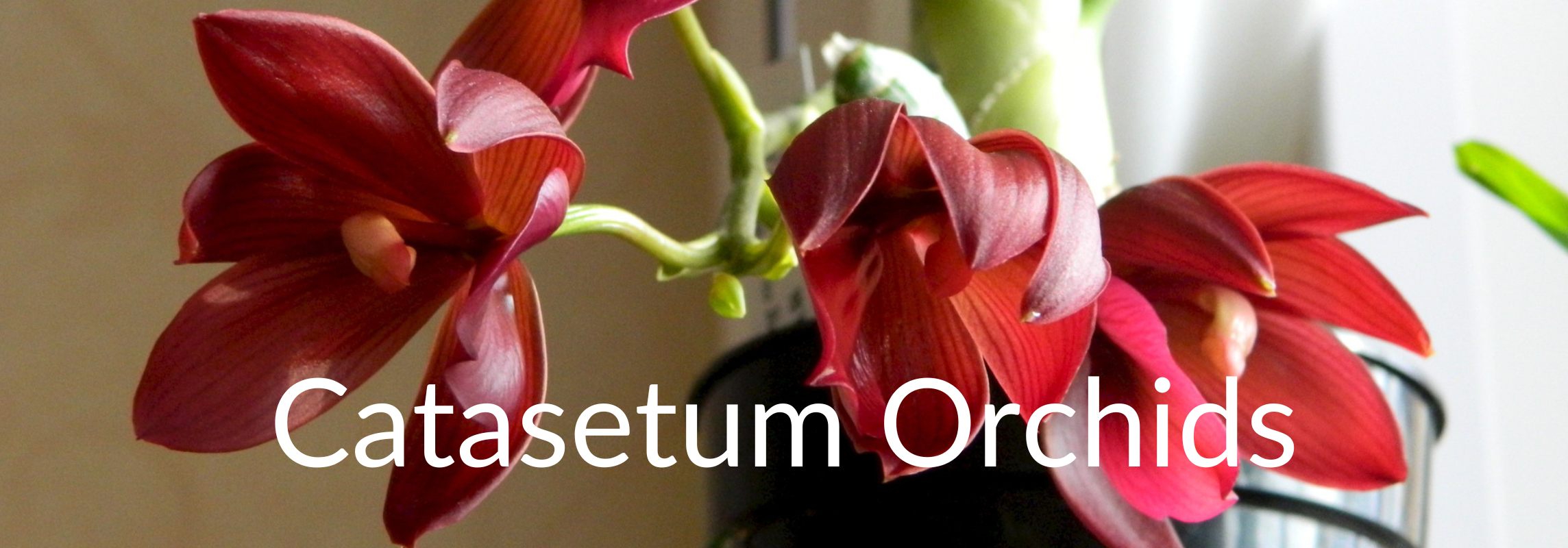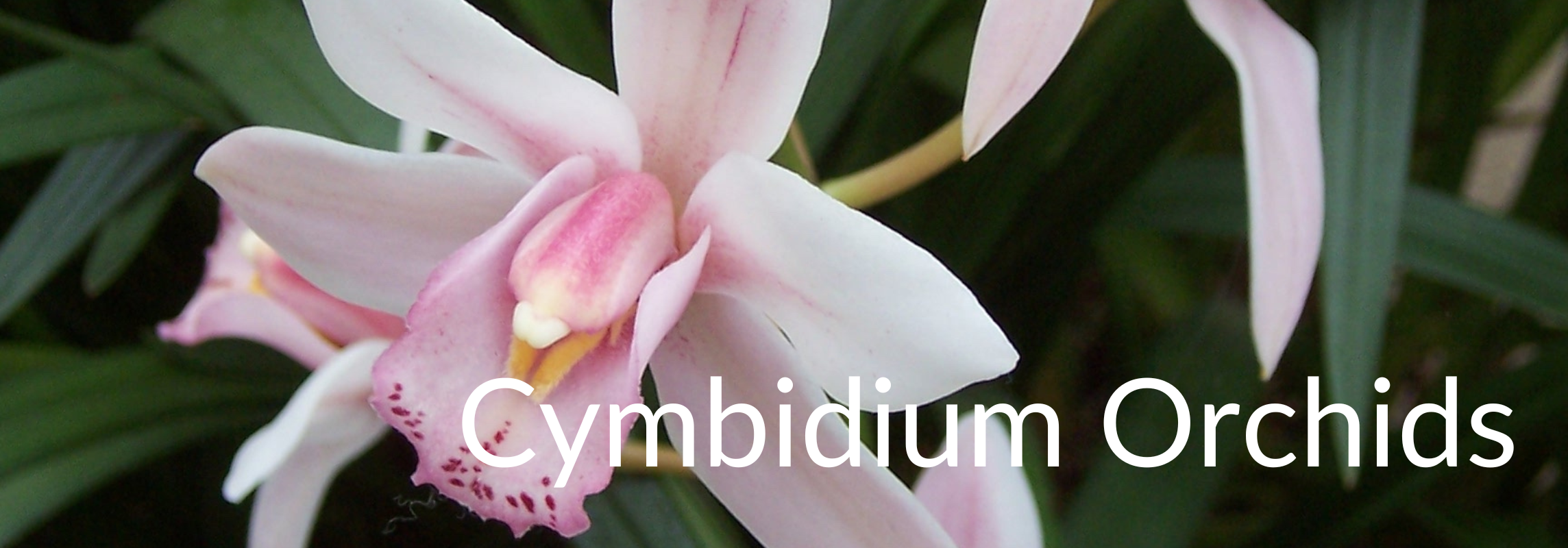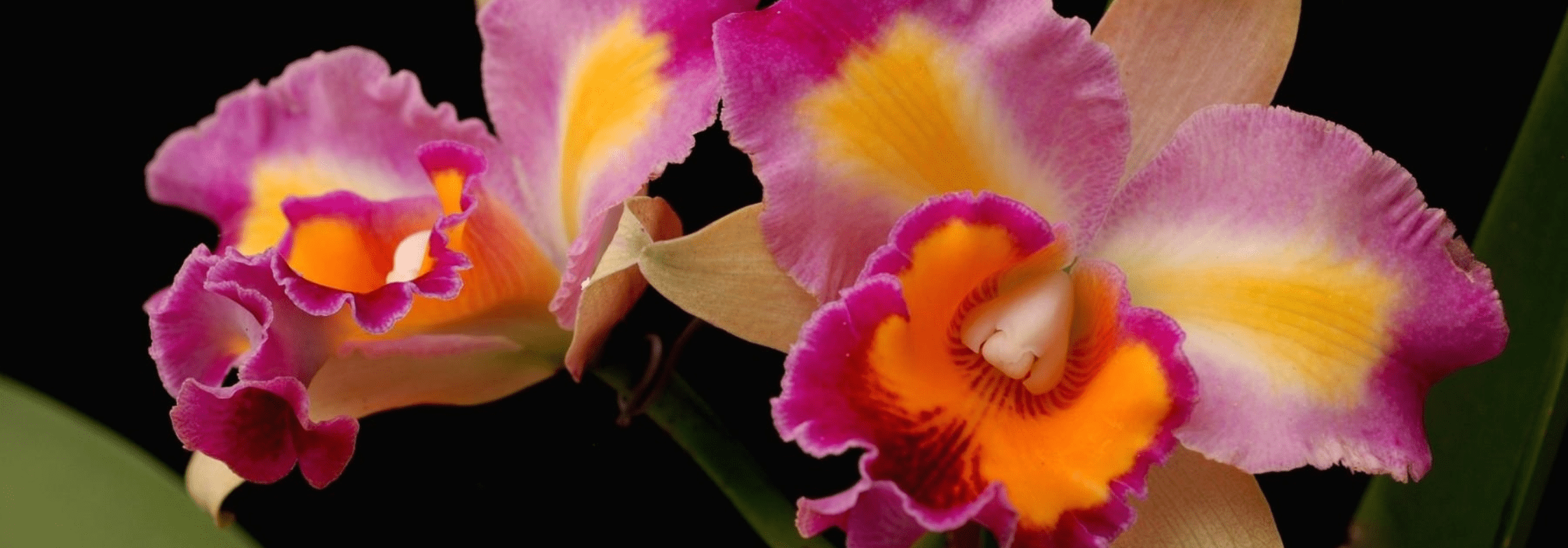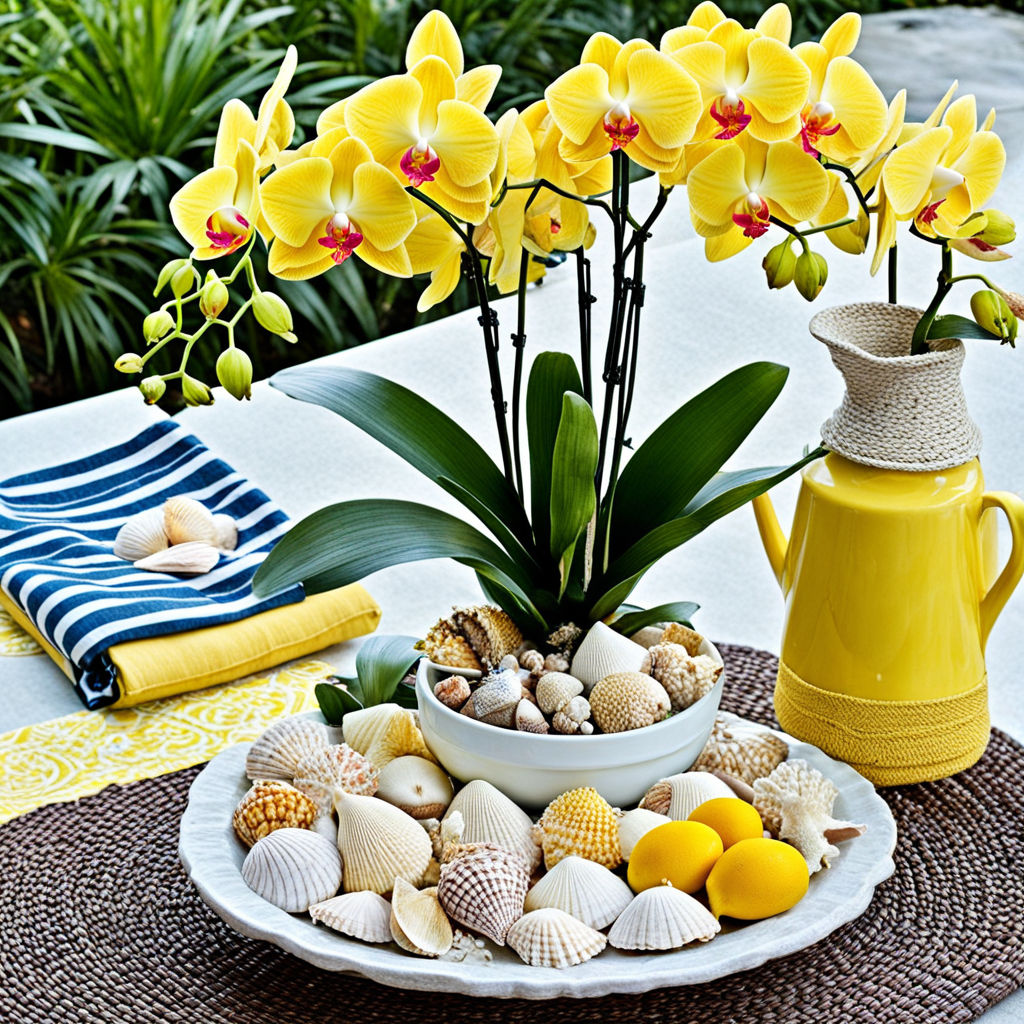
Yellow orchids are celebrated for their vibrant hues and unique charm, capturing the admiration of orchid enthusiasts and gardeners alike. These captivating flowers stand out due to their striking shades of yellow, ranging from pale lemon to deep gold, often accented with intricate patterns and markings. The allure of yellow orchids lies not only in […]

